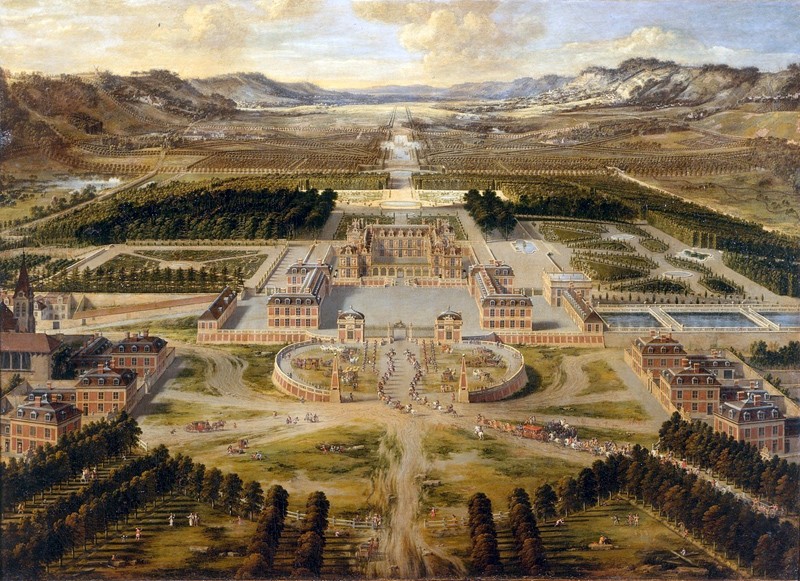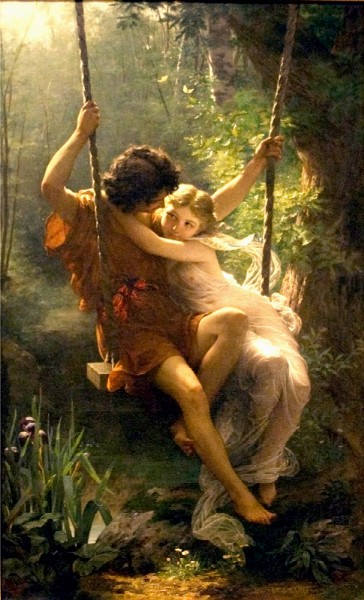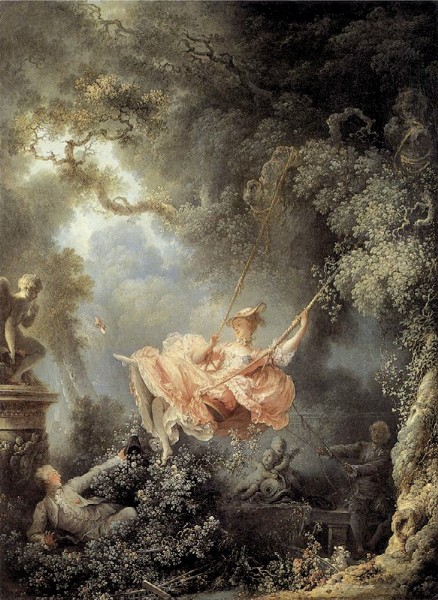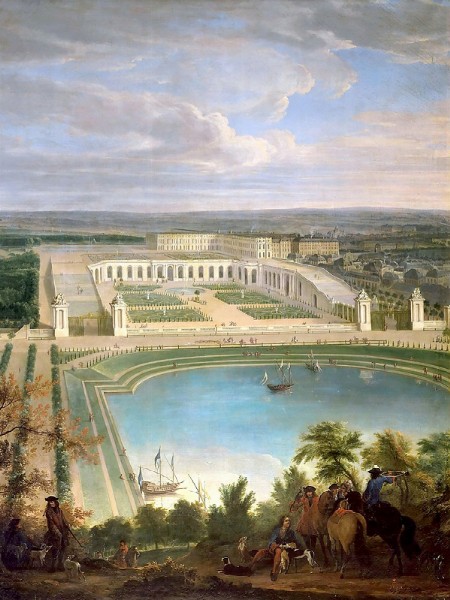André Le Nôtre’s masterpiece, the garden at Versailles, is the symbol of Louis XIV’s reign and the France of the Grand Siécle. The bulk of the work on this is most admired, envied and imitated of palaces in 17th century Europe was completed between 1662 and 1668.
Le Nôtre organised the gardens along two axes ranging north-south and east-west. The whole design hinges on the central axis, which stretches away into the distance from the palace itself through an uninterrupted sequence of fountains, canals, avenues, woods and flowerbeds. Because Louis XIV required his gardens to be large enough to stretch beyond the horizon. Clever use of perspective, long views, optical illusions and large stretches of water, which dilated the perception of space, all combined to express and represent the principles of absolutism, and the magnificence and splendour of the sovereign.
The elaborate iconography of Versailles is built around the symbol of the sun, the king’s own emblem, personified in the figure of Apollo. All the sculptures, architecture and elements of design refer in some way to the sun god and the myths surrounding him . The statues in the flower garden to the south depict Flora and Zephyr, her lover, and Hyacinth and Clytie, transformed into flowers by Apollo. The legend of the Sun King and the universe also comes alive in the sculptures of the months, the seasons, day and night, the four elements and the four continents. The Bassin d’Apollon or Apollo Fountain at the end of the Grand Canal, the focus of the central prospect, shows the god emerging from the sea in his chariot, and the axis of the Grand Canal echoes the sun’s journey from east to west, rising from the fountain and setting over the horizon.
The symbol of the sun is also evident in the design of the avenues, rays branching off from a central point.
From the palace of Versailles the rays of the sun in splendour, the avenues, stretched out towards the town and the gardens, in mute witness to Louis XIV’s determination to expand his own influence; the king triumphed over nature just as he triumphed over his native France, the lands he had conquered and his own court.
Louis deliberately set out to create a magnificent palace and equally magnificent gardens, something on a scale Europe had never seen before, worthy of the prestige of an absolute monarch and worthy of la Gloire de France.
Between the end of the 17th century and beginning of the 18th the fame of Versailles was echoing around the world. And the princes of Europe vied frantically with one another to build their very own version, complete with equally splendid gardens. The Hapsburg sovereign Leopold I commissioned architect Fischer von Erlach to design the palaces and gardens of Schönbrunn. In Spain Philip V created the Granja gardens, while his son Charles III of Bourbon built the imposing palace and gardens of Caserta in Italy. After a stay at the Trianon in Versailles that great admirer of all things French, Peter the Great, entrusted Jean Baptiste Le Blond with designing the splendid Peterhof palace and gardens.
Le Nôtre organised the gardens along two axes ranging north-south and east-west. The whole design hinges on the central axis, which stretches away into the distance from the palace itself through an uninterrupted sequence of fountains, canals, avenues, woods and flowerbeds. Because Louis XIV required his gardens to be large enough to stretch beyond the horizon. Clever use of perspective, long views, optical illusions and large stretches of water, which dilated the perception of space, all combined to express and represent the principles of absolutism, and the magnificence and splendour of the sovereign.
The elaborate iconography of Versailles is built around the symbol of the sun, the king’s own emblem, personified in the figure of Apollo. All the sculptures, architecture and elements of design refer in some way to the sun god and the myths surrounding him . The statues in the flower garden to the south depict Flora and Zephyr, her lover, and Hyacinth and Clytie, transformed into flowers by Apollo. The legend of the Sun King and the universe also comes alive in the sculptures of the months, the seasons, day and night, the four elements and the four continents. The Bassin d’Apollon or Apollo Fountain at the end of the Grand Canal, the focus of the central prospect, shows the god emerging from the sea in his chariot, and the axis of the Grand Canal echoes the sun’s journey from east to west, rising from the fountain and setting over the horizon.
The symbol of the sun is also evident in the design of the avenues, rays branching off from a central point.
From the palace of Versailles the rays of the sun in splendour, the avenues, stretched out towards the town and the gardens, in mute witness to Louis XIV’s determination to expand his own influence; the king triumphed over nature just as he triumphed over his native France, the lands he had conquered and his own court.
Louis deliberately set out to create a magnificent palace and equally magnificent gardens, something on a scale Europe had never seen before, worthy of the prestige of an absolute monarch and worthy of la Gloire de France.
Between the end of the 17th century and beginning of the 18th the fame of Versailles was echoing around the world. And the princes of Europe vied frantically with one another to build their very own version, complete with equally splendid gardens. The Hapsburg sovereign Leopold I commissioned architect Fischer von Erlach to design the palaces and gardens of Schönbrunn. In Spain Philip V created the Granja gardens, while his son Charles III of Bourbon built the imposing palace and gardens of Caserta in Italy. After a stay at the Trianon in Versailles that great admirer of all things French, Peter the Great, entrusted Jean Baptiste Le Blond with designing the splendid Peterhof palace and gardens.












